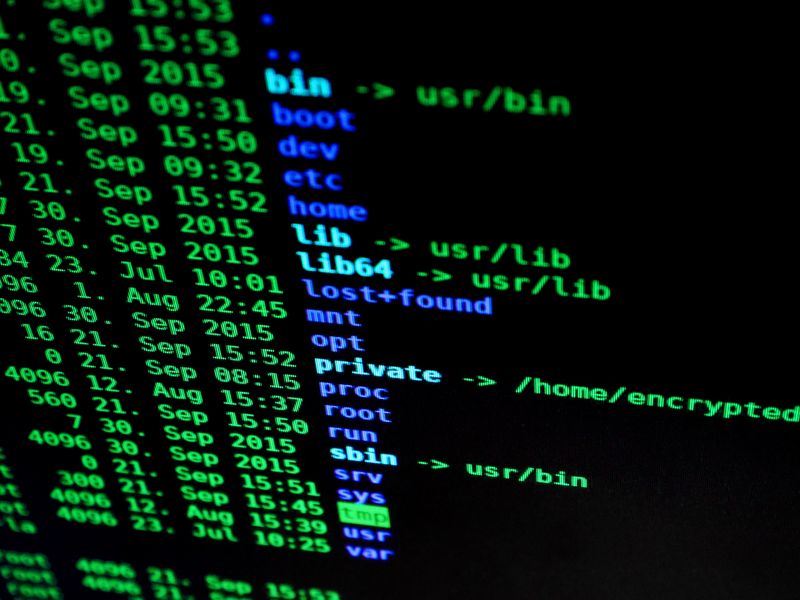Are we in a golden age of artificial intelligence?
It is a challenging task to predict the future of a rapidly evolving technology like artificial intelligence (AI). While it is difficult to say for sure whether we are entering a golden age of AI, there are certain aspects of its development that we can discuss.
AI‘s application to creative works
A great deal of attention is being given to how AI can be applied to creative works, such as voice acting or the creation of first drafts of screenplays. However, it is important to acknowledge that the true potential of AI lies in its ability to alleviate drudgery and automate tedious tasks.
For developers, AI has the potential to be a game-changer. Early experiments have shown that AI can quickly generate first drafts of code, which can then be refined and improved upon by developers. This can significantly speed up the development process and enhance productivity.
The dark side of AI
While the promise of AI is exciting, it is important to consider the potential misuse of this technology. It is no secret that not all coders work for legitimate businesses. Just as cybersecurity threat actors have evolved to become more business-like, they are also adopting new technologies and techniques, including AI.
AI can be leveraged by malicious actors to develop more sophisticated malware and other threats. Its ability to create code that can target vulnerabilities or evade security measures poses a significant challenge for cybersecurity professionals.
One area where AI can be particularly concerning is in the realm of phishing attacks. AI has the potential to generate thousands of plausible emails that can bypass detection and deceive both email filters and end users. Spear-phishing, which involves targeted attacks, can also be revolutionized by AI. Deep-fake phone calls or video chats created by AI could make it even harder to discern between genuine and malicious communication.
Fighting Back Against AI Cyberattacks
Better AI and better training
To combat the benefits that AI provides to cyber attackers, there are two main strategies: leveraging better AI and providing better training.
The emergence of AI has sparked an arms race between cybercriminals and security teams. Just as cybercriminals are using AI to evolve their attacks, security teams need to utilize AI to enhance their defenses. AI-based defensive tools can predict attack vectors, identify vulnerable areas of networks and systems, and analyze malicious code to understand and prevent new attack techniques. In extreme cases, AI can serve as an emergency stop mechanism to prevent further damage. However, it is important to note that relying solely on AI defenses is not enough.
Human intelligence remains a vital aspect of cybersecurity. The best defense against phishing attacks, for example, is a well-trained and vigilant employee or customer. Robust security policies, up-to-date training, and best practices are crucial for defending against AI attacks. Since the signs of an AI-driven cyberattack are rapidly changing, training programs need to evolve accordingly and be regularly updated.
Collaborative security
Collaboration plays a significant role in combating AI-driven cyber threats. Organizations should not rely solely on their internal efforts but should collaborate with other businesses, researchers, and authorities to share information, best practices, and lessons learned from failures. By working together, organizations can be better prepared to face the new wave of AI security threats.
Fundamental principles of cybersecurity
Despite the advancements in AI and the emergence of new threats, the fundamentals of cybersecurity remain critical. Organizations must focus on implementing robust security measures, conducting regular security audits, creating backups, encrypting sensitive data, and developing incident response plans. Obtaining well-known security certifications, such as the Payment Card Industry Data Security Standard (PCI-DSS), can also improve the overall security posture.
Furthermore, organizations must ensure the cybersecurity of their own AI systems. This involves ensuring the integrity, confidentiality, and availability of AI systems, as well as mitigating the risks of adversarial attacks, data poisoning, and model stealing.
Conclusion
The rise of AI presents both opportunities and challenges for cybersecurity. While it is uncertain whether we are indeed entering a golden age of artificial intelligence, it is clear that AI has the potential to significantly impact cybersecurity both positively and negatively. By harnessing the power of AI for defense and ensuring robust training and collaboration, organizations can better protect themselves and adapt to the evolving threat landscape. However, it is crucial to remember that the fundamentals of cybersecurity, such as implementing strong security measures and best practices, remain essential in keeping businesses safe.

<< photo by Michelangelo Buonarroti >>
The image is for illustrative purposes only and does not depict the actual situation.
You might want to read !
- The Rise of RedEnergy Stealer: A Menace to Energy and Telecom Industries
- Swedish Regulators Crack Down on Corporate Google Dependency
- Nagoya Port Hit by Ransomware: Exploring the Economic Implications
- Firefox 115 Bids Farewell to Legacy Windows and Mac Users
- Unveiling the Rise of Cyber Warfare: Analyzing C10p’s MOVEit Campaign
- Is Infisical Snags $2.8M Seed Funding the Key to Tackling Secrets Sprawl Security Tech?
- “Why AI chatbots are becoming a threat to your privacy: The dangers of sharing geolocation data”




